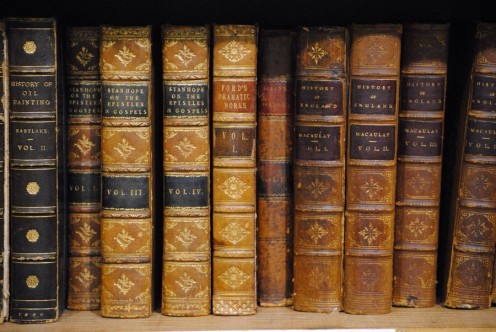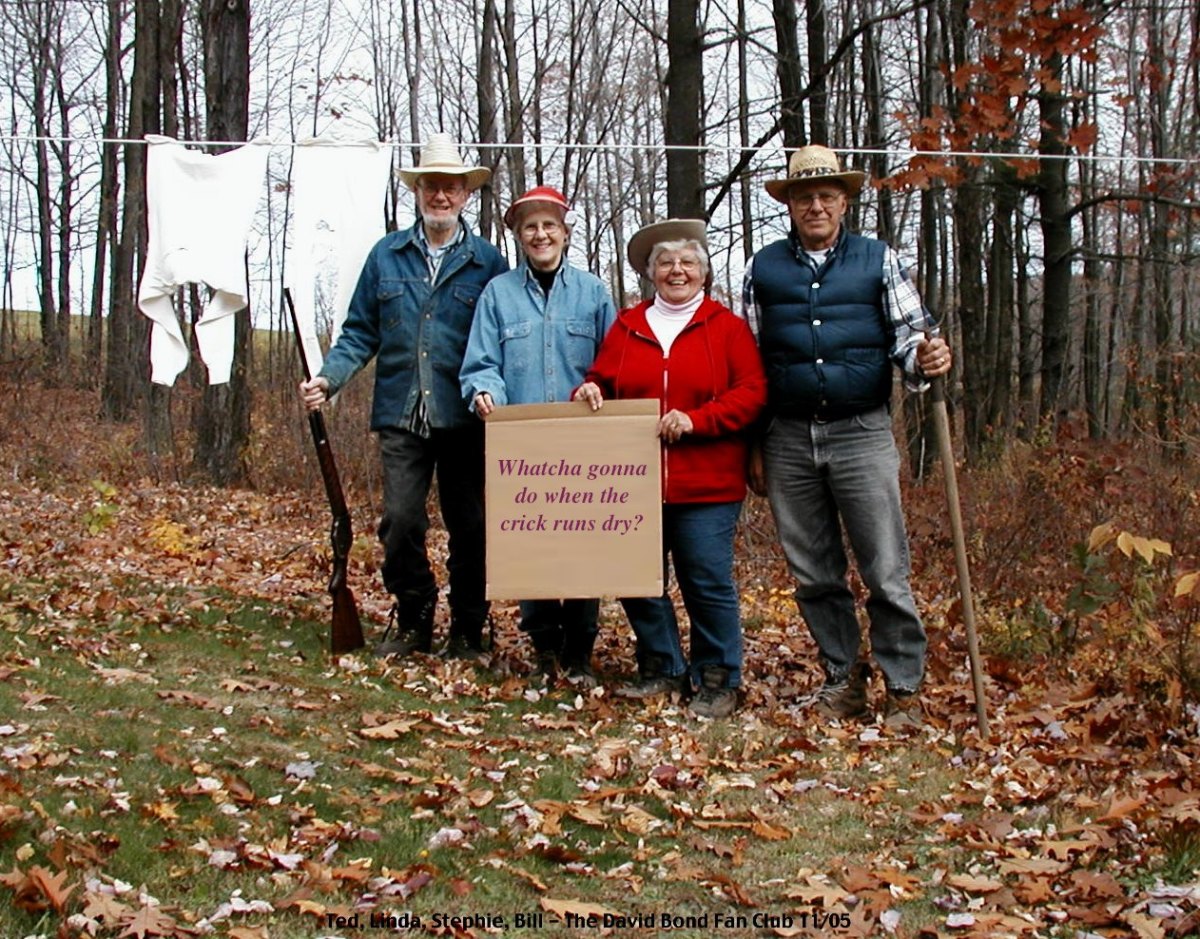Making Your Books And Articles Compelling

“There is nothing to writing. All you do is sit down at a typewriter and bleed.”
― Ernest Hemingway
I would have to agree with the great Hemingway. Writing is a mixture of hard work and sometimes, profuse bleeding.
The bleeding of thoughts, anyway.
New and experienced writers are in the business of sharing these thoughts with others. Learning how to do it is a non-stop process.
They are always searching for ways to persuade and market their ideas to others, with powerful content that inspires.
But why must writers try so hard to convince? What makes them convincing?
The question, of course, that burns at the tips of all writers tongues is "How do they convince?"

1. Why writers need persuasive content
Compelling content is an indispensable part of any writer's success. Here are a few persuasive reasons for writers to create more of it.
a. Persuasive content helps writers build their brands.
Compelling content helps writers carve their niches in the writing world.
That a writer can persuade shows his extensive knowledge of a certain subject area. It helps him to set up his identity.
b. It attracts readers.
Of course, writers need it to build their audiences. The only way to win over a pool of readers is with content that motivates them to read.
c. Good content helps to build communities for a writer.
Compelling content is a foolproof way to create connections.
The better the information you deliver, the more communities over social media you will belong to. Writers may eventually form communities over Facebook, Google Plus or Twitter themselves.
d. It boosts the writer's self-esteem.
After a writer creates powerful material, no one takes more pride in it than himself.
Developing compelling content is an effective way for a writer to shore up his own ego.

2. What makes content compelling
Mastering the art of making content powerful is never easy, even for renowned writers such as Dan Brown or J.K. Rowling.
Rowling herself tried to avoid the pressure of doing so by penning crime fiction under the pseudonym, Robert Gailbraithe.
Still, such writers know what it is that draws readers to their articles or novels.
What makes creating compelling content difficult?
a. Compelling content is relevant to a specific audience.
They know that material that glues readers to their seats is audience-specific. Rowling knew that Harry Potter was for
lovers of fantasy. She also created a set for lovers of crime fiction.
Jane Austen targeted her writings at Victorian society and connected it with its realities.
b. Strong content reflects your opinions.
Good content reflects the writer's thoughts and opinions. It should clearly show his feelings on certain subjects.
Writing, after all, is a path to the mind.
c. It is concise.
Compelling content, most of all, is concise. A content master does not mince his words.
He is artful in the way he makes his point, but makes it sharply and clearly.
d. Persuasive content engages.
Persuasive content makes readers come back for more. It is magnetic and gives them a driving urge to read on.
If it does not capture attention, it is probably not persuasive enough.

7 Tips for Creating Compelling Content
3. Creating Compelling Content for articles and Novels
So saying, is there a magic formula for making writing persuasive?
The blunt truth is that there is not. Each writer connects with his readers in his unique way. To describe the art of creating dynamic material as a formula is somewhat of a travesty.
Nonetheless, good writers would use a few common techniques to make their articles gripping.
a. They think about their readers.
They would consider their readers needs. Good content creators would structure their content in a way that makes reading easier.
Their sentences, too, and short and easy to connect with immediately.
b. Make the effort to engage.
The first sentence of an article or the first paragraph of a novel is all a writer has to draw a reader to the text.
They use a powerful quote or tell a story to create an outstanding introduction. It serves as the hook that will bait readers.
c. Add visuals.
They add powerful visuals, when necessary, that captivate.
A writer's trusty sidekick is his camera.
d. Make it purposeful.
They also know that good content has a purpose. It makes readers want to take action.
A good recipe will want to make another person cook, and a good story will make a person read.
e. Make it flow.
Good content creators know that effective material flows in a logical sequence, with linking words that connect words when necessary.
Pieces of information patched together sloppily just make no sense.
f. Write consistently.
Mastering content creation takes time. Good creators do so consistently, on a regular basis.
g. Have your own style.
They also base their writings on a unique premise. They have their special style and voice.
Readers know that if an article or novel has a certain ring to it, no one else could have written it.
h. Read a lot.
They read a lot too. Novelists read other novels, Article writers read other articles to find out what it is that works.
i. Plan.
To round off, they plan their work. They use mind maps or lists to draft their ideas.
Having a tight plan structures material and makes it fuller.
4. Conclusion
All that said, to all, have tons of fun creating wonderful, readable content.
One can never list good ideas fully, so do share your ideas for creating good contentin the comments.
Other articles by Michelle Liew
- Hands up for poetry
Let's celebrate National Poetry Month. - Things to consider when introducing music to childre...
The benefits of music for children, its effects and how to introduce it to them. Some catchy tunes for kids and adults to listen to. - Appreciating the rustic charm of the Singaporean co...
Blurb: On coffee shops in Singapore and a little sonnet. - The technique of skim reading
How to skim read - The reasons why we should write poetry:an acrostic p...
On the benefits of writing poetry, some wonderful poets and an acrostic poem for National Poetry Month








